This article summarises the findings from the pilot phase of the RIPE Atlas anchors project, and gives details about the decision to move to production using a one-service, smaller box for RIPE Atlas anchors.
UPDATE: RIPE Atlas anchors became a production service in October 2013. You can find the most up-to-date information on the RIPE Atlas website . Please email atlas@ripe.net for any feedback or questions about RIPE Atlas anchors.
First and foremost, we want to thank the RIPE Atlas anchor hosts for taking part in the pilot phase of the project - your participation made RIPE Atlas anchors possible!
We announced the end of phase one of the pilot in this RIPE Labs article , and we informed you about the latest features in July and beginning of September . Now we want to announce the decision about moving forward towards the production service, aligned with the plans described recently in Future of RIPE NCC Technical Services .
Background
RIPE Atlas anchors support many more baseline measurements than regular RIPE Atlas probes, and act as well-known and co-operating targets for user-defined measurements set up by probe hosts throughout the RIPE Atlas network. They are hosted by those with sufficient bandwidth to support this larger number of incoming measurements. To recognise this service to the community, RIPE Atlas anchor hosts earn additional credits they can use to perform their own user-defined measurements and in the near future will get access to a wider range of services.
Since September 2012, when the project was announced at the RIPE 65 meeting, we have had 15 anchor hosts join the project. Below you can see when they became operational.
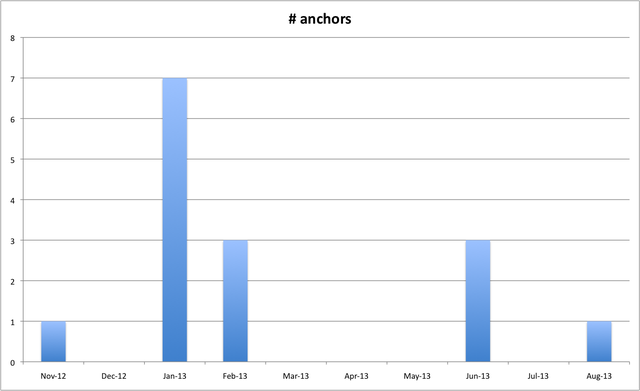
Goals and benefits of RIPE Atlas anchors
From the beginning, the goals for RIPE Atlas anchors have been to:
- Collect great amount of regional Internet performance data
- Provide stable targets for incoming measurements
- Use powerful hardware to perform more outgoing measurements
- Keep related logistics and operations as simple as possible
The existing features and benefits of hosting an anchor include:
- The anchor performs as both the target and as a larger probe, with greater measurement capacity
- Anchor hosts earn extra credits that can be used to perform measurements on their own network(s)
- Full mesh measurement between all anchors
During the pilot we identified additional goals :
- Achieve greater coverage and expand globally by making it a service also for non-member
- Make anchor hardware more affordable
- Reaching to 50 Anchors by end of 2014
- Anchor hosts benefit from regularly scheduled measurements from surrounding probes
- Using measurement packet-capturing software, which is being investigated
- Providing additional added value services like SMS alerts for changes in defined measurements
Currently, there are 15 active anchors , located mostly in the RIPE NCC service region.
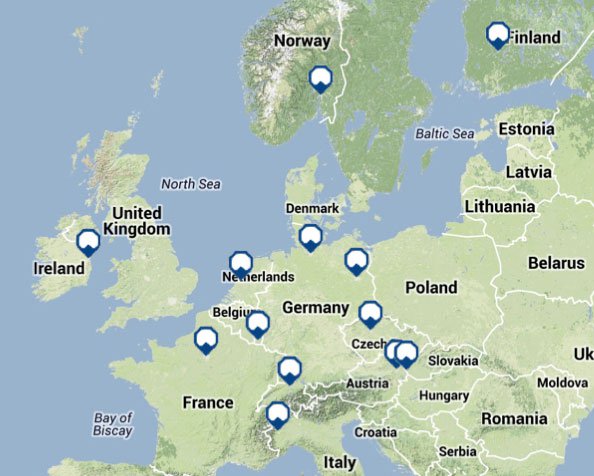
Production Service
Smaller box for only one service
During the research period, and following intermediate feedback from pilot hosts, we came to the conclusion that we want to build the anchors as a single-service system and, because of that, to use more modest hardware for the anchors when we go to production.
The reasons we came to this decision are:
- The lower price of the smaller box will allow more hosts to participate: we are looking now at a total price of about € 800 as opposed to € 3000 for the Dell server.
-
Currently, we do not have an additional service to install on the boxes because no expansion is planned for K-root as announced recently in
Future of RIPE NCC Technical Services
. It is also worthy to mention that the ownership model of anchors is different from current practices in running K-Root and RIS data collectors
- Based on the initial survey, the interest for multiple services was not overwhelming ( see more complete details below )
Technical findings
We found that although it would be technically possible to offer multiple services on the RIPE Atlas anchor box using virtualisation, we decided not to pursue this for the reasons stated above. If you are interested in the technical findings of the virtualisation investigation, you can learn more in this RIPE Labs article .
Planning and Feedback
Our goal is to bring RIPE Atlas anchors to production around the RIPE 67 Meeting in Athens in October, when we will announce final specifications for the new hardware and invite interested parties to purchase the hardware and host a RIPE Atlas anchor.
We are currently looking at the following hardware specifications for the production RIPE Atlas anchor box:
- Soekris box net6501-70 Board
- in 1U 19 Inch Rackmount Case
- and mSATA SSD
We will keep you informed about our progress and, as always, we would be happy to receive your feedback or questions, which can be directed to mcb@ripe.net , or discussed on the MAT Working Group Mailing List .
________________________________
Based on the survey from September 2012, people expressing a need for multiple services on the same box did not form a clear majority; most people were interested in the RIPE Atlas anchor service, and “maybe” other services.
These survey answers were collected from 28 people who were able to choose more than one option when expressing their interest in the box and its services:
- Nine people responded that they were interested in the box only if it could offer multiple services
- Fifteen responded that they were interested in the anchor and maybe other services
- Eight responded that they were only interested in the anchor service, but did not have an interest in a box that could host multiple services

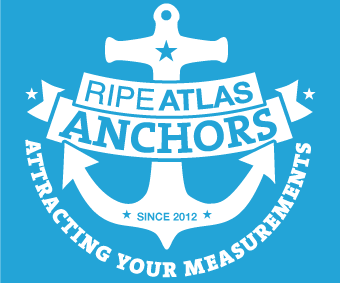


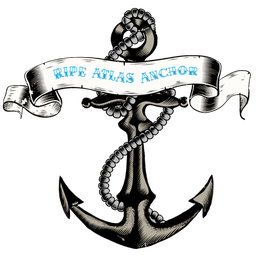
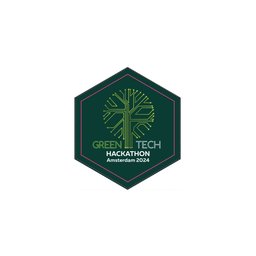

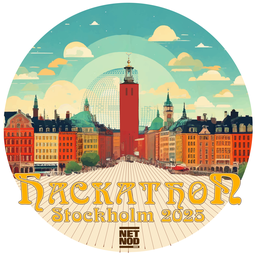
Comments 1
The comments section is closed for articles published more than a year ago. If you'd like to inform us of any issues, please contact us.
bofh bug •
the Soekris systems, are IMHO a realy good choice!